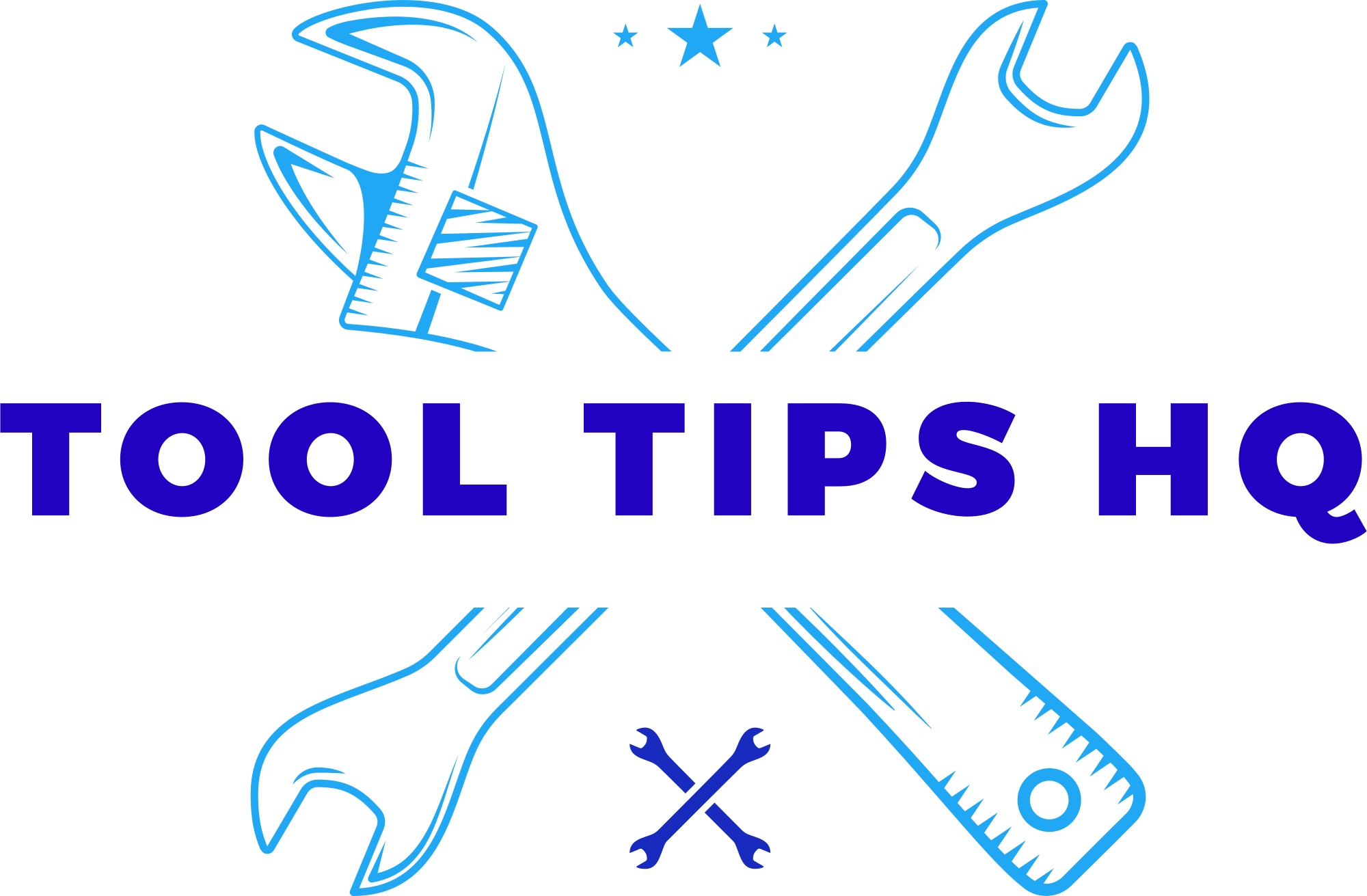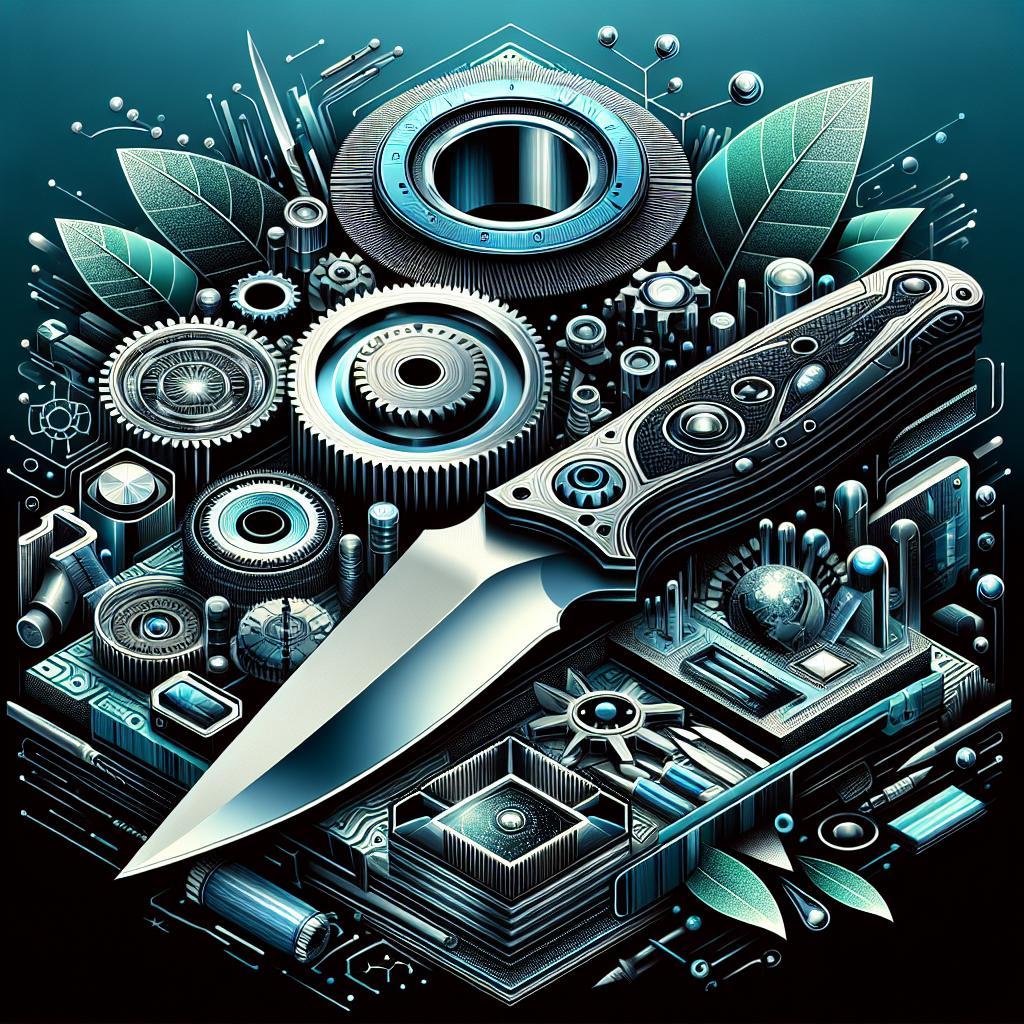### Introduction
In the world of precision and craftsmanship, tools are not just instruments; they are the extension of our creativity and skill. Among these vital instruments, Acme cutting tools stand out, renowned for their exceptional quality and performance in a variety of applications. However, like any fine tool, they require regular care and maintenance to uphold their cutting-edge prowess. This article delves into the essential techniques for sharpening and maintaining Acme cutting tools, ensuring they remain reliable companions in your workshop. Whether you are a seasoned artisan or an enthusiastic DIYer, mastering the art of tool upkeep will enhance not only the longevity of your equipment but also the quality of your work. Join us as we explore practical tips and methods to keep your Acme tools in prime condition, ready to tackle any project that comes your way.
Understanding Acme Cutting Tools and Their Applications
Acme cutting tools are renowned for their precision and durability, making them a favorite among professionals in various fields, including machining, woodworking, and metalworking. These tools embody a variety of designs, each tailored to meet specific cutting needs. The capabilities of Acme cutting tools range from fine trimming to robust material removal, allowing craftsmen to achieve intricate designs and efficient operations. Their unique shapes and high-quality materials contribute to their effectiveness in handling both soft and hard materials, ensuring a clean and professional finish on any project.
To maximize the performance and lifespan of Acme cutting tools, understanding their applications is vital. Regular maintenance practices such as sharpening, cleaning, and proper storage can significantly enhance their functionality. Here are some essential tips: Sharpening regularly helps maintain cutting efficiency; Cleaning tools after use removes debris and prevents rust; and Storing tools in a dry environment protects them from corrosion. For quick reference, consider the following table that summarizes key maintenance practices:
| Maintenance Task | Frequency | Purpose |
|---|---|---|
| Sharpening | As needed | Maintain cutting efficiency |
| Cleaning | After each use | Prevent rust and buildup |
| Storage | Daily | Protect from damage |

Essential Techniques for Effective Sharpening
To achieve a razor-sharp edge on your Acme cutting tools, several fundamental techniques are essential. Begin with tool positioning, ensuring the blade is at the correct angle against the sharpening surface. A typical angle ranges from 20 to 30 degrees, depending on the tool type. Use a consistent motion while sharpening; maintaining a steady pace helps create an even edge. Additionally, be mindful of the pressure applied during sharpening. Too much pressure may damage the blade, while too little can lead to an ineffective sharpening process.
Employing the right equipment is equally important. Consider the differences between sharpening stones, honing rods, and electric sharpeners. Each tool offers unique advantages: sharpening stones allow for intricate control, honing rods are perfect for quick touch-ups, and electric sharpeners provide speed and convenience. Here is a quick comparison of common sharpening tools:
| Sharpening Tool | Advantages | Best Use |
|---|---|---|
| Sharpening Stone | Precision and versatility | Detailed sharpening tasks |
| Honing Rod | Quick maintenance | Everyday tool upkeep |
| Electric Sharpener | Efficiency and speed | Rapid tool sharpening |

Routine Maintenance Practices for Longevity
To ensure the longevity of your Acme cutting tools, regular maintenance is imperative. Start by **cleaning** your tools after each use to prevent the buildup of chips and debris that can dull the cutting edges. Use a soft brush or a cloth to wipe down the surfaces, and for tougher residues, a mild solvent can be employed. Additionally, check for any signs of corrosion or wear; addressing these issues promptly can significantly extend the life of your tools. Consider organizing a sliding schedule for maintenance checks, allowing you to monitor the condition of each tool effectively.
Another critical aspect of tool longevity is **sharpening**. Regularly sharpen your cutting tools using the appropriate equipment, such as honing stones, diamond files, or specialized sharpeners. Implement a routine that includes the following essential practices:
- Assess the Edge: Regularly inspect the cutting edge for chips or dullness.
- Use Correct Angles: Ensure sharpening at the angle recommended by the manufacturer for optimal results.
- Lubricate: When sharpening, apply a suitable lubricant to keep the process smooth and reduce wear.
- Store Properly: Keep your tools in a protective case, avoiding contact with other tools to prevent edge damage.
| Maintenance Task | Frequency |
|---|---|
| Cleaning | After Each Use |
| Inspection for Wear | Weekly |
| Sharpening | As Needed |
| Lubrication | Monthly |

Choosing the Right Tools and Equipment for the Job
Choosing the right tools and equipment is crucial when it comes to sharpening and maintaining Acme cutting tools. Start by ensuring you have the necessary **sharpening devices** at your disposal. Opt for quality equipment that suits the type of cutting tools you are working with. Here are some essential tools to consider:
- **Whetstones** for precision sharpening
- **Diamond plates** for durable edge maintenance
- **Grinding wheels** for heavy-duty tasks
- **Lubrication oils** to keep your tools in optimal condition
In addition to sharpening devices, proper storage equipment can prolong the lifespan of your tools. Use **tool organizers** and **protective sheaths** to keep cutting edges safe from damage. Creating a maintenance schedule will also enhance tool performance, ensuring they are sharpened and stored effectively. Consider the following table to visualize a simple maintenance plan:
| Maintenance Task | Frequency |
|---|---|
| Inspect for damage | Weekly |
| Sharpen cutting edges | Monthly |
| Clean tools | After each use |
| Apply lubrication | Bi-monthly |
Q&A
**Q&A: How to Sharpen and Maintain Acme Cutting Tools**
**Q1: Why is it important to sharpen cutting tools like Acme’s?**
A1: Sharpening cutting tools is crucial for maintaining their efficiency and performance. Dull tools not only make the job harder but can also lead to poor results and increased wear on the tool itself. Regular sharpening ensures a cleaner cut, reduces the force required to use the tool, and enhances overall safety.
**Q2: What are the essential tools for sharpening Acme cutting tools?**
A2: To sharpen Acme cutting tools effectively, you’ll need a few key items: a high-quality sharpening stone or whetstone, honing oil or water (depending on the type of stone), a sharpening guide to maintain the correct angle, and a cloth for cleaning. Optional tools like a power grinder can also be useful for larger tools but should be used with caution.
**Q3: What is the recommended method for sharpening these tools?**
A3: Start by cleaning the cutting edge of your tool to remove any debris or residue. Then, secure the tool in a stable position. Using your sharpening stone, apply honing oil or water to the surface. Hold the tool at the manufacturer’s recommended angle (usually around 20 degrees) and make smooth, even strokes across the stone, alternating sides to maintain symmetry. Regularly check your progress until you achieve a sharp, even edge.
**Q4: How can I tell if my Acme cutting tool needs sharpening?**
A4: A few signs indicate that it’s time to sharpen your tool. If you notice the tool pulling or tearing material instead of cutting cleanly, or if it’s requiring more force than usual to do its job, these are clear signs of dullness. Additionally, if you see visible nicks or the cutting edge appears rounded, it’s time to reach for your sharpening tools.
**Q5: Are there specific maintenance tips to prolong the life of Acme cutting tools?**
A5: Absolutely! Regular maintenance is key to extending the lifespan of your cutting tools. After each use, clean the tools to prevent rust and corrosion. Store them in a dry place, ideally in a protective case or with sheaths to prevent damage. Regularly inspect the cutting edges and make a habit of sharpening them before they become too dull, rather than waiting until they are in poor condition.
**Q6: Can I use power tools for sharpening, or should I stick to hand methods?**
A6: Both methods have their merits. Power tools can save time and are effective for larger tools, but they require finesse to avoid overheating the blade, which can ruin the temper of the metal. Hand methods, while potentially more time-consuming, provide greater control and are less likely to damage the tool. Choose based on your comfort level and the specific tool you’re sharpening.
**Q7: What if I accidentally damage my Acme cutting tool while sharpening?**
A7: If you accidentally create nicks or chips in the edge, don’t panic! You can often correct minor damage by carefully continuing to sharpen the affected area until the edge is uniform again. For significant damage, consider consulting a professional for repair or replacement, as it may not be easily fixable at home.
**Q8: Do Acme tools require any special maintenance compared to other brands?**
A8: While the general principles of maintenance and sharpening apply to most cutting tools, Acme tools are designed with precision engineering, which may necessitate a bit more care in handling. Always refer to the manufacturer’s guidelines for specific recommendations regarding your particular tool, as different materials and finishes may require unique approaches to upkeep.
**Q9: Is there a specific frequency at which I should sharpen my tools?**
A9: The frequency of sharpening your tools largely depends on how often you use them and the materials you’re cutting. As a general rule, it’s wise to inspect and possibly sharpen your tools after several uses or when you notice signs of dullness. Establishing a regular maintenance schedule can save you time in the long run and keep your Acme tools performing at their best.
Feel free to delve into sharpening and maintenance, ensuring your Acme cutting tools are always ready to take on any task!
In Retrospect
mastering the art of sharpening and maintaining Acme cutting tools is not just a matter of preserving your investment; it’s about enhancing your craftsmanship. By following the techniques outlined in this article, you’ll ensure that every slice and cut is executed with precision, making your projects not only more enjoyable but also more efficient. Remember, a well-cared-for tool is a craftsman’s best friend, enabling creativity to flourish without interruption. As you embark on this journey of care and maintenance, take pride in the fact that each sharpened edge and tuned mechanism brings you one step closer to achieving your vision. With a commitment to regular upkeep, your Acme tools will serve you faithfully for years to come, helping you carve out both materials and moments in time. Happy crafting!

